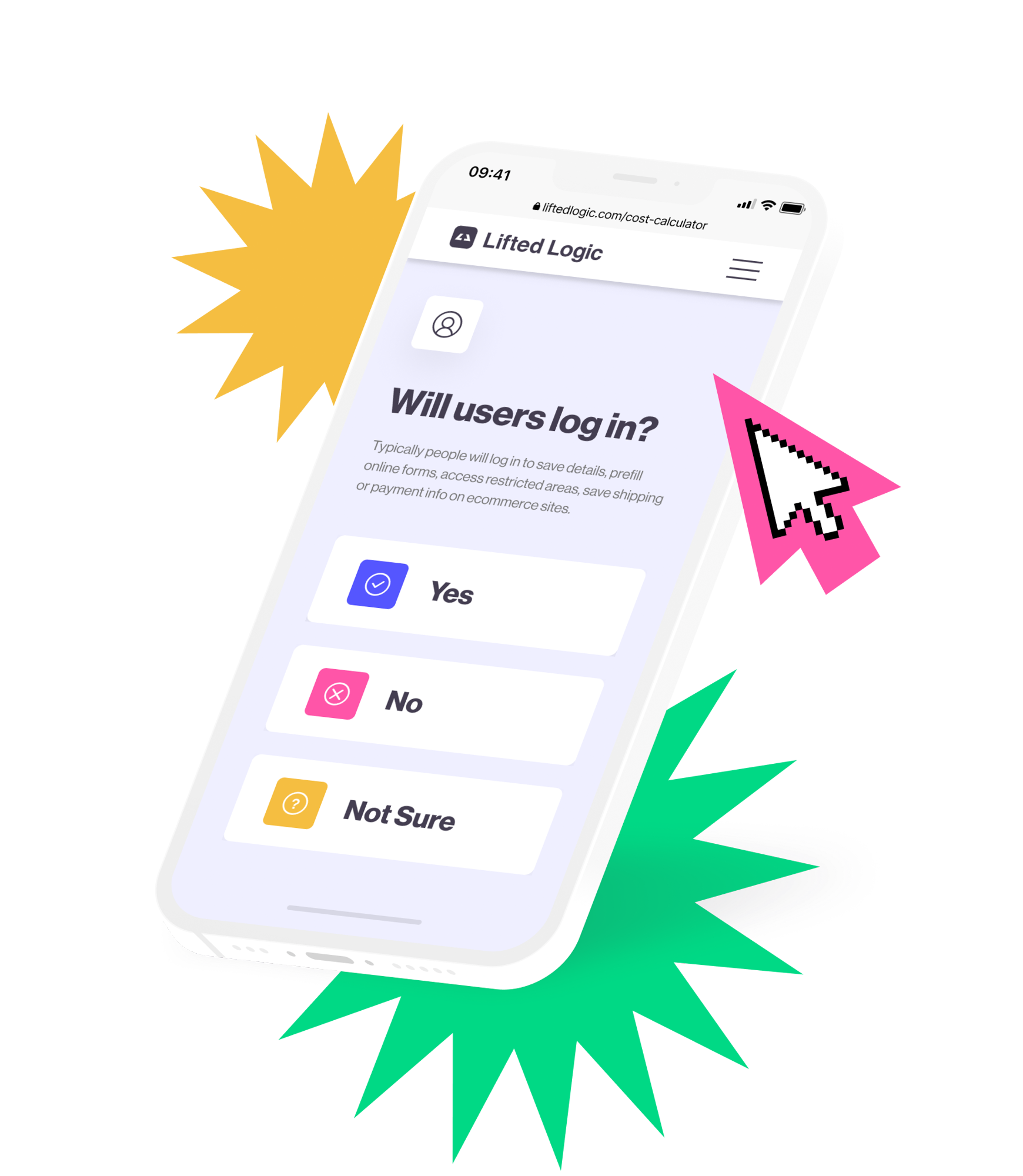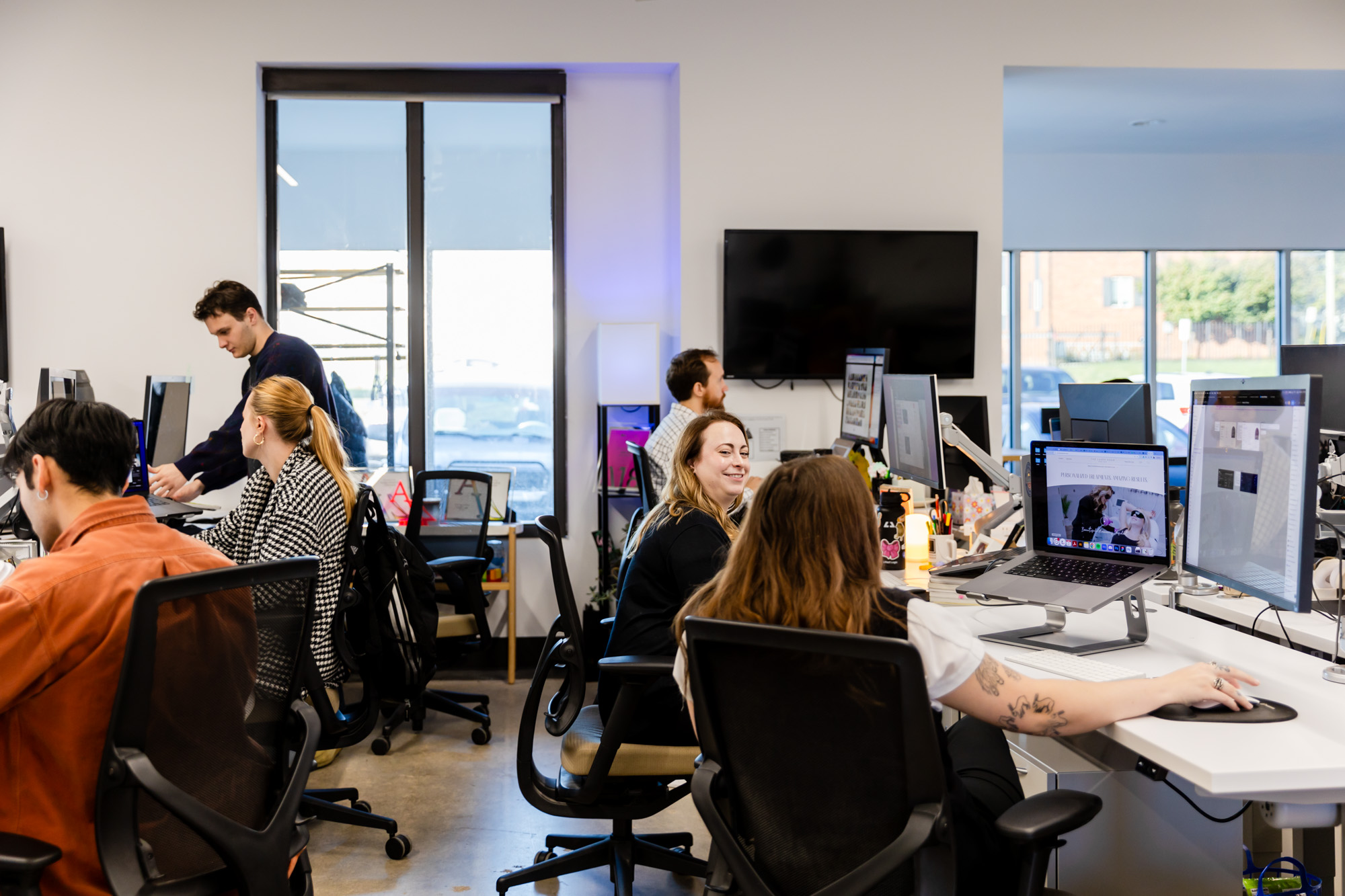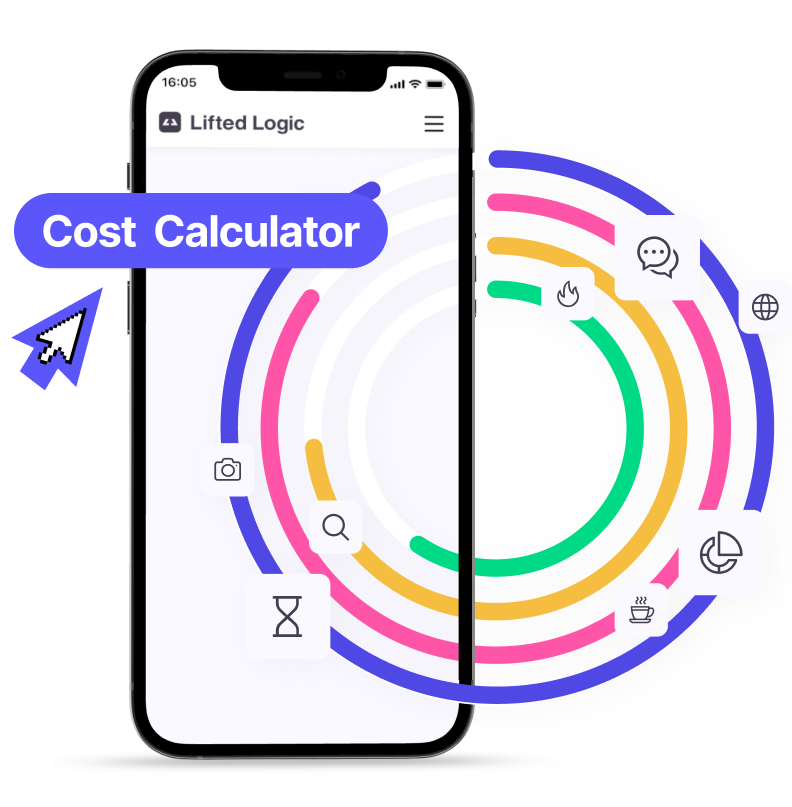Getting Started
We use an initial proposal as the “blueprint” of your new website.
In a blueprint, you can plan for anything from a five-story mansion to a two-bedroom ranch. You can decide how many windows and doors there will be, and how each of the rooms will lay out. The process is predetermined, and the hours are pre-allocated.
Once the work has begun on a house, sometimes changes need to be made. That’s cool with us. Our process is designed to be flexible for this very reason. (For example, it’s a lot easier to erase some lines on a blueprint or cut out drywall for an extra window than it is to rearrange the entire plumbing system to account for an extra bathroom.)

However, the closer we can get the blueprint to your business’s needs, the more efficiently we can build your site, and the longer it will be able to serve your growing needs.
That’s why our proposal process is so important. Not only does it set the parameters for the site, but it also gives you a project timeline, the exact budget we have to work with (and therefore, the number of hours we have to use to best complete your project’s deliverables), and expectations for how our process works.

Questions to ask yourself when budgeting for a website.
Is it to get a leg up on the competition? Start selling products? Re-brand your business after a merger? Or simply tell your story better? Think about the motivations behind a website redesign.
The more data you have at the beginning of your project, the better. We can use math, proven marketing principles, and simple (but lifted 😉) logic to help you determine the return you should expect for your investment.
In its simplest form, the lifetime value of a customer is your total revenue divided by your total customers. But that value might be different for the various types of customers you have, their discovery path, or their ability to provide you with additional referrals. Knowing the average value of a customer can help us work backwards to determine the average value of a lead, which is how we will measure the success of your new website.
What are the core functions you know the website will need to accomplish? Make a list.
If so, will you need the ability to allow for returns, a subscription model, wholesale purchasing options, or add ons? How many products will you offer? How many categories will you need? How will you calculate taxes? Here are the 14 questions you need to answer before you build an e-commerce store.
It’s important to compile all of your assets into one place when you begin the process of researching website costs in 2021. That’s because if you already have things like updated headshots, a company video, case studies, and PDFs or brochures, the less you may have to pay someone else to create that content for you in the web design process.
How it works
How Reverse Bidding Works
Most web design companies will provide you with a set pricing structure for which you can choose Template 1, Template 2, or Template 3. That system doesn’t quite work with Lifted Logic, because all websites we build are completely custom. Here’s how we do it instead.
Discover & Calculate
We ask questions and evaluate a client’s needs, wants, and dreams. Then we work with them to determine their total budget based on ROI and lifetime budget.
Plan & Strategize
We work with our various departments to come up with a plan to fit their needs, within the constraints of their budget.
Proposal
We’ll provide you with a comprehensive breakdown of everything our team can do within that budget to accomplish your goals, including how to allocate our team’s hours in each of our various departments (content, design, development, photo & video, etc.).
Get to Work
Once you’ve accepted our proposal, we make it official and get to work within your budget. And the amount you pay us is capped, so you know we will spend our time efficiently and effectively to bring your project to life.
Get Started Today
Use our Cost Calculator
Get started with a new custom website, then never look back.


Plan Your Project.
Use our Cost Calculator Tool to quickly get an estimate on your project.






























